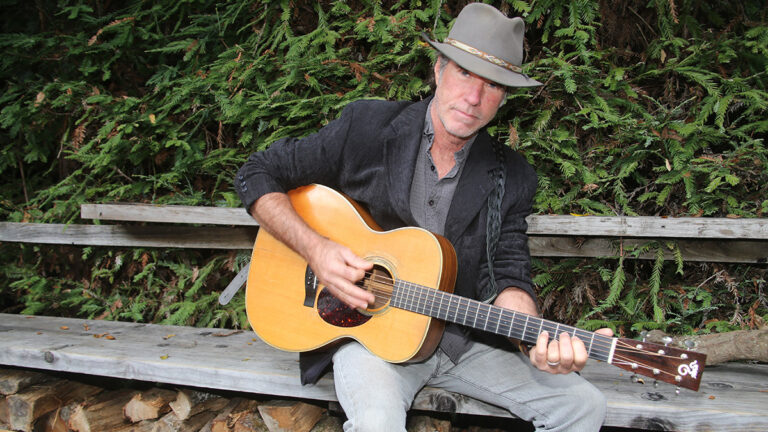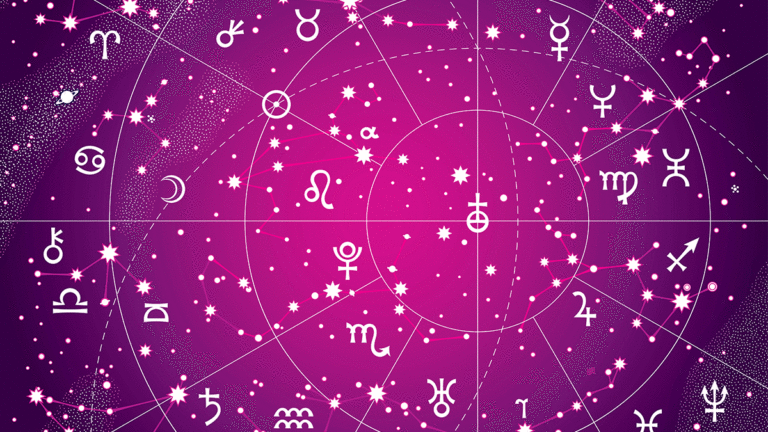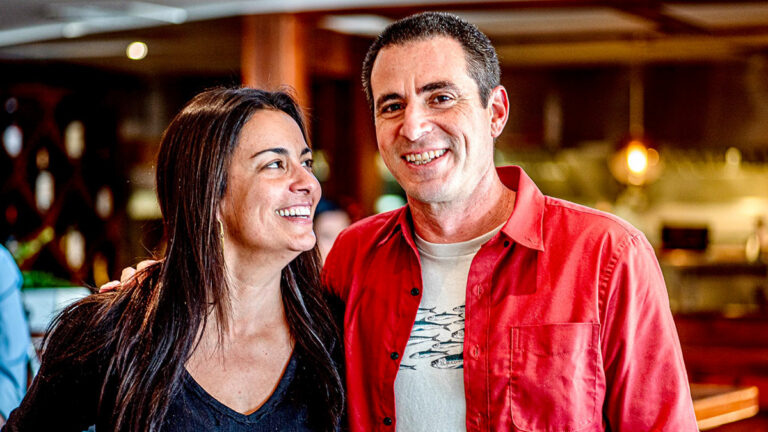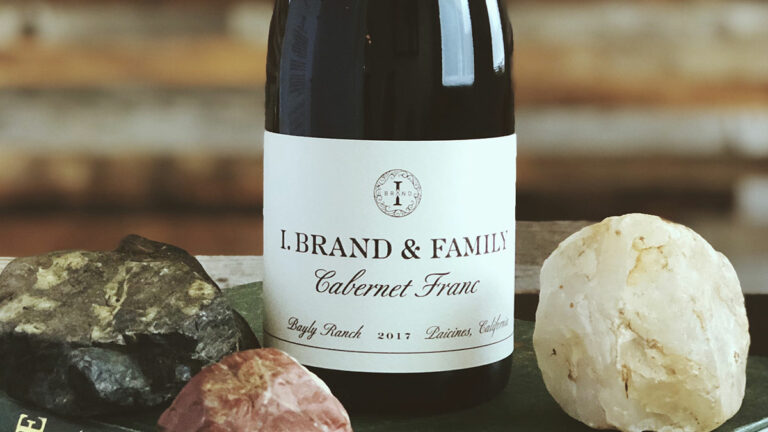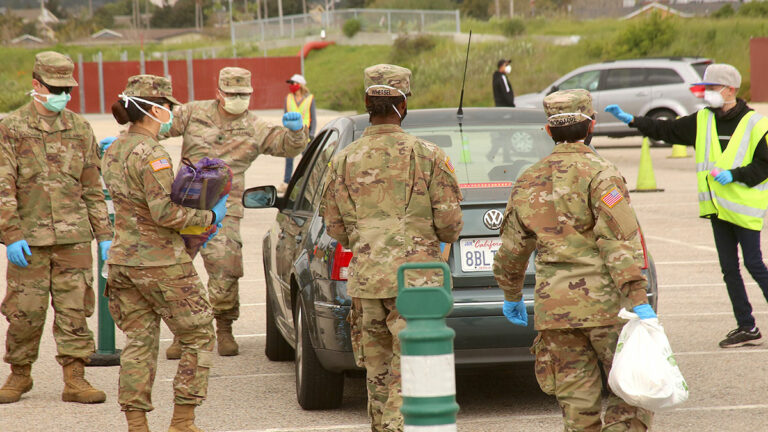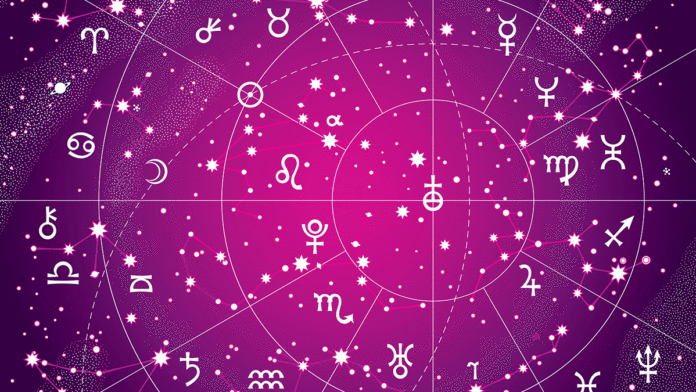Daniette West and her boyfriend took a walk with West’s dog along Sunny Cove Beach on Wednesday, April 8. The tide was low that breezy evening, exposing a rocky shoreline where seabirds swarmed as large waves crashed into the surf. This was the day before Santa Cruz County’s beaches and parks were scheduled to close, in light of the growing COVID-19 pandemic that has gripped the world.
After climbing up the cliff from the beach, West and her boyfriend stopped on a park bench to rest. They sat for about four minutes, West says, before a sheriff’s deputy rolled up behind the two of them, got out of her car, and told them they were being detained. The officer wrote them each a misdemeanor citation in violation of the county’s shelter-in-place order, which is aimed at curbing the spread of the coronavirus. The health order, issued by county Public Health Officer Dr. Gail Newel, requires that residents stay in their homes and only leave for “essential” activities, like picking up takeout from a restaurant or making trips to the grocery store, bank, gas station, hardware store or pharmacy.
Residents are allowed to exercise, so long as they keep six feet from those not in their own household. West thought a quick breather would be permitted. The deputy disagreed.
“I’m writing you a ticket because you’re resting on a bench,” West, a realtor, remembers the deputy telling her. “And you’re not allowed to rest right now.”
West’s boyfriend, a South African native who asked only to be identified only as Christian B., is employed in Silicon Valley on a work visa. When West and Christian checked in with Christian’s employer to find out what a misdemeanor would mean for his employment status, the company’s reps told them that Christian would likely be fired before the case reached a judge—thereby taking away his visa and prompting his almost certain deportation. In order to stay, Christian would need for the charges to be dropped, and quickly. West frantically took to Instagram to get the word about the predicament. She started sending out emails. She made calls to the sheriff’s department and pleaded with officers to drop the charges. West felt the citations were unduly harsh. “You’re giving people criminal records when we’re in three weeks now of shelter-in-place, and they’re trying to get exercise,” she says.
One day later, a sheriff’s lieutenant called West to apologize and explain that the deputy had interpreted the orders too strictly. But West knows that her situation was an especially high-stakes one. Law enforcement is working hard these days, she says, and leaders may not have time to revisit every case. West worries about those with fewer connections or less time on their hands. A busy single mother, for instance, may not have the resources to advocate for herself or the flexibility to appear in court when her hearing comes due. According to the ticket, failing to appear in court could result in up to 90 days in jail and a $1,000 fine.
The same evening that West was cited, a sheriff’s deputy wrote up another couple (who requested anonymity for this story) while they were sitting on a different bench on East Cliff Drive. The boyfriend had just gotten out of the hospital after recovering from kidney stones. The couple lived in Santa Cruz for years, but they’ll soon be moving back to North Dakota, where they attend school, so they were worried about making it to their court hearings in Santa Cruz in August. The sheriff’s office ultimately dropped the charges against that couple, as well, after they complained.
Sheriff Jim Hart notes that anyone with a citation against them will still get their day in court to argue their case before a judge—that is, assuming that the district attorney even files the charges. In general, Hart says that enforcing this new health order has taken some getting used to for everyone, including himself and his deputies.
“This is new for everybody. I’ve been working at the Sheriff’s Office 32 years. I’ve lived here my whole life. This is the first time that any of us have been through a pandemic,” Hart says. “We’re trying to find that middle ground that’s not overbearing but we’re also enforcing enough to keep people away. We started out, for the first seven days, just warning people, and that had zero impact in terms of people going to the beach and things like that, so we had to go into more of an enforcement mode. We don’t like doing this. Our agency, for many years now, has used arrest as the last tool in our tool belt. So citing people and arresting people—it’s not in our culture. It’s a learning curve. Everyone from myself on down is learning from this process. We’ve written over 200 citations so far, so of course there’s going to be people who aren’t happy with those citations or think that they have mitigating circumstances.”
PARKING PERMIT
Last week, on top of the shelter-in-place order, Newel announced a seven-day closure of all the parks and beaches in the county, partly on Hart’s recommendation.
That order expires at the end of the night on Wednesday, April 15, and Newel has signalled that she won’t extend it, although some popular hotspots could stay closed. Hart tells GT that he doesn’t think that an extension would be necessary, but he hopes the Santa Cruz County Health Services Agency (HSA) takes other measures to limit the influx of out-of-town visitors packing into Santa Cruz County’s parks and beaches.
The current shelter-in-place order expires May 3, and Newel says that she will likely extend a version of the order, while allowing for new exemptions to low-risk outdoor activities, including some construction projects, landscaping, gardening, and possibly golf.
Experts say the measures are working. The rate of disease spread, they say, is not as severe as it would have been without such interventions. Newel boasted last week that, when it comes to disease growth, Santa Cruz County has one of the flattest curves in the state of California, and she gave credit to residents for diligently following the shelter-in-place orders. As of Tuesday morning, Santa Cruz County had announced 91 confirmed COVID-19 patients, 37 of whom had recovered from the disease and two who died. Due to limited testing, the infection totals represent an undercount and the real number of cases could be several times higher.
Hart is relieved to see signs that the county’s infection rate is flattening. Some of the county’s recent projections for the impact of the virus, he says, put the death rate somewhere in the low hundreds.
Several weeks earlier, the projected deaths were in the thousands, he says.
“The numbers they were coming up with, originally, were frightening,” says Hart—who, in addition to being sheriff, serves as the coroner and jail administrator, and is working to prevent the potential spread of the virus through local correctional facilities. “I didn’t sleep well for a few nights, after hearing what the initial assessment was going to be.”
SHUTTER TO THINK
UCSC disease ecologist A. Marm Kilpatrick knows county health leaders are working around the clock to ready local health institutions for a coming possible surge in cases, due to the virus.
But Kilpatrick has been saying that it would be helpful for the HSA to share those plans more publicly—and tell everyone, for instance, if there is a timeline for ending shelter-in-place or a plan for what might come after.
On Tuesday, that future began to come more into focus. In addition to announcing some possible changes for outdoor gatherings and other minor tweaks, Newel revealed that she’s been collaborating with the 12 other member counties in the Association for Bay Area Health Officers to develop a new regional strategy going forward. The county won’t ease off shelter-in-place before the conditions come under control, she said. Similarly, at a press conference on April 2, Newel said that the county would “need to see a significant decline in the number of cases before” she and her colleagues consider lifting the current restrictions. She added that between the Health Services Agency and the County Administrative Office, the county has nearly 200 people working on the pandemic response.
Newel mentioned at another press conference last week that the county has models showing different scenarios for how the outbreak might play out. Newel has shown those models to the county Board of Supervisors in closed session, but her office hasn’t yet shared them with them with the public, for fear that some of the models would alarm residents, while others might provide a false sense of comfort, she said.
In order to meet the potential surge in patients, the county is prepared to deploy alternate care sites, with hospital overflow beds ready at Simpkins Family Swim Center in Live Oak and at Scotts Valley’s 1440 Multiversity. The HSA’s more recent efforts to protect the county from disease have included everything from calls for personal protective equipment donations to a county ban on vacation rentals. Newel said last week that the county wants to make sure Airbnb hosts are only hosting “essential” workers, like those in health care.
Over the past few months, the county leadership’s disease-fighting measures have escalated steadily, starting in early March. That’s when the county switched from a strategy of containment—meaning that leaders were trying to stop its spread into the community—to one of mitigation, which prompted more extreme measures like the closure of non-essential businesses.
Shelter-in-place orders aimed at slowing disease spread have proven a popular concept among not just public health experts but also economists. A Chicago Booth School of Business poll released March 27 found widespread support among the nation’s top economists for lockdown-type measures. A plurality of respondents “strongly agreed” with the sentiment that lifting such strict measures quickly would backfire—inflicting more economic damage than good. Some felt more strongly than others, but none of the experts surveyed disagreed with that view.
But now that shelter-in-place remains the law of the land in California and across much of the world, there is little clarity on how governments should actually manage their policies over the next several weeks—let alone over the next year and a half, while we wait for a widely available vaccine.
Last week, Texas Gov. Greg Abbott signaled that he would like to start opening up businesses again. Meanwhile in Sweden, the Scandinavian government’s lead health agency never fully implemented a shelter-in-place order of its own. Swedish officials have instead been pushing a more lax version of social distancing, although some experts worry that the approach could backfire, creating a bigger outbreak there. Last month, Ezekiel Emmanuel, a doctor who served in President Barack Obama’s administration, wrote a New York Times op-ed arguing that if the federal government were to act swiftly and crack down on limiting the spread of the virus, the economy could mostly open up again by June.
California has been more cautious. In a press conference Tuesday afternoon, Gov. Gavin Newsom issued a list of six criteria that would need to be met before he lifts his statewide shelter-in-place health order. But he said it was too early to give timelines. “I know you want a timeline, but we can’t get ahead of ourselves and dream of regretting,” he said. “Let’s not make the mistake of pulling the plug too early, as much as we all want to.”
Over the next several months, the strict orders may alternately grow tighter and looser, based on the status of the pandemic at any given time, but the silver lining is that Californians can start imagining the light at the end of the tunnel, even if they can’t quite see it yet. Newel says the county may start allowing events of less than 10 people, evaluate, and possibly allow events of up to 50 people if all goes well.
Even before the county made its recent announcements, Kilpatrick was optimistic that the county could start easing off its shelter-in-place measures before too long. That could allow the community to switch from a strategy of mitigation back to one of containment. If he’s right, residents might get to eat out at restaurants again in the coming months. More non-essential businesses could slowly start reopening.
But even Kilpatrick doesn’t think anyone will be attending events of more than 50 people before a vaccine is available. Similarly, Newsom indicated at his press conference Tuesday afternoon that there will likely have to be a vaccine before mass gatherings are allowed in California, at least based on the current guidelines, noting that “things could change radically.”
The vaccine could still be 16 months away, Kilpatrick estimates, meaning that concertgoers and event organizers could be waiting until late in the summer of 2021 before they hit the dance floor again.
It’s a thought that troubles music industry leaders like Thomas Cussins, CEO of Ineffable Music. Ineffable manages a diverse portfolio—handling the booking for certain venues, like the Catalyst, while owning other spots like Felton Music Hall and managing artists and music festivals as well. Cussins, a UCSC alum, says he already can’t help dreaming about his first post-coronavirus concert. If the ban on events lasts past the summer, though, he predicts that many small venues will start to close.
If it drags on longer than that, the pain will be more profound.
“If we’re talking about 10 months, if we’re talking about 16 months, a lot of us will have to switch lines of work,” Cussins says. “Obviously, entertainment is second to public health. But what does the world look like with no music? It’s a sobering reality. We’re going to do everything we can to weather the storm and come out stronger. I don’t want to get a real job. I want to do music forever.”
STEP LADDER
On Monday, Newsom jointly announced with Oregon Gov. Kate Brown and Washington Gov. Jay Inslee that the West Coast states would work together on when to reopen their economies.
Resuming semi-normal life, of course, involves much more than simply flipping a switch. The novel coronavirus doesn’t only have a much higher fatality rate than the flu—it’s also far more contagious. That means that lifting the orders too abruptly would likely worsen the outbreak.
Nationwide, epidemiologists—including Kilpatrick and Emmanuel—agree that the one prerequisite for lifting shelter-in-place should be a drop in the number of confirmed active cases, just as Newel indicated. Other requirements include more readily available test kits, increased lab testing capacity, and a better understanding of the coronavirus itself.
Some of the details in the competing high-level strategies to reopen the economy are complex, but most concepts share one other notable feature—robust contact tracing. Contact tracing is a term for the practice of following the spread of a disease. The HSA already does contact tracing whenever it confirms a new coronavirus infection. Once a patient’s test results come back positive, HSA employees talk to the new patient and then reach out to all of their recent known contacts. Health workers ask those contacts to self-isolate, monitor their symptoms and see a doctor if they get sick. As more test kits become available, perhaps all the contacts in this scenario could seek out testing immediately.
There is more than one way to do contact tracing. Singapore has a phone app that tracks the movement of its citizens, and the app notifies an individual if they came in contact with someone who tested positive for the coronavirus. That resident may then go get tested themselves. This process takes the guesswork out of contact tracing. (Imagine instead trying to produce the names and contact information of anyone who came within six feet of you within a week, based purely off your memory.) Singapore’s strategies have proved successful. Schools and businesses are still open there.
As it happens, Google and Apple have begun collaborating on a Bluetooth feature to let their phone systems interact, in the hopes of helping to track the virus, but it’s unclear exactly what shape the project will take. It’s possible public local health agencies could use Google and Apple’s forthcoming feature to launch new apps of their own, although the idea has already stoked fears about new government surveillance technologies. Therein lies the uncomfortable reality about the methods of closely tracking the path of a dangerous virus—the systems inevitably involve surveillance of people, as well.
Kilpatrick says that if Americans want to see some of their favorite businesses reopen and more people employed, that may be exactly the kind of tradeoff they’ll have to start weighing.
“The challenge,” he explains, “is we have to ask ourselves, ‘Do we want to trade a little bit more privacy—or a little bit more tracking of us—for more businesses getting to be open and more people getting to have jobs?’”


